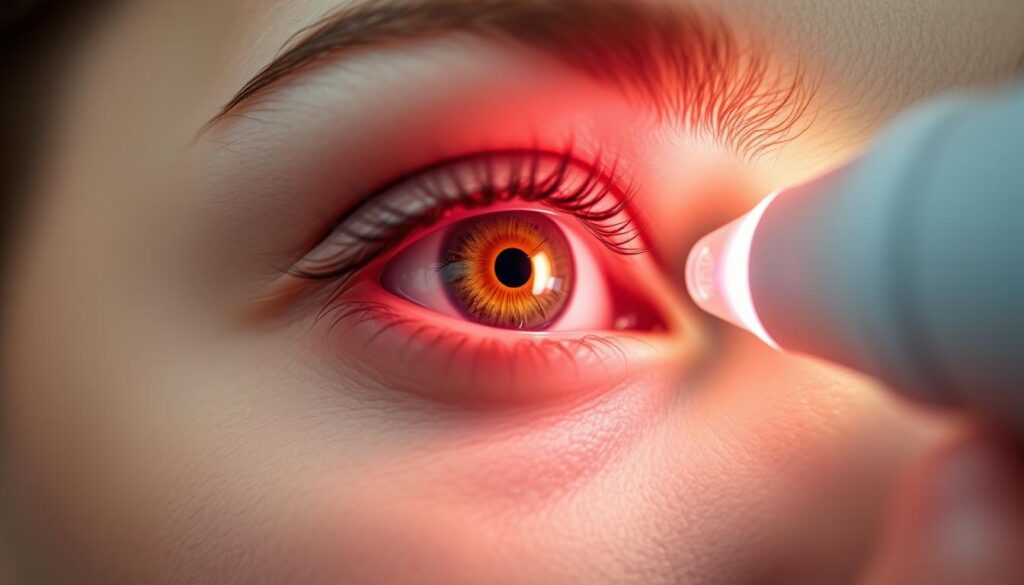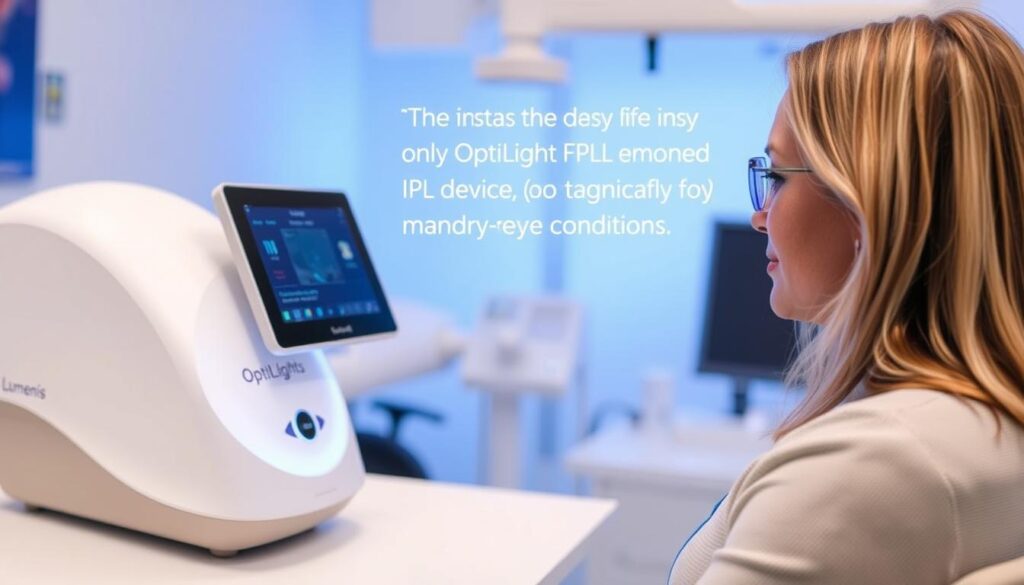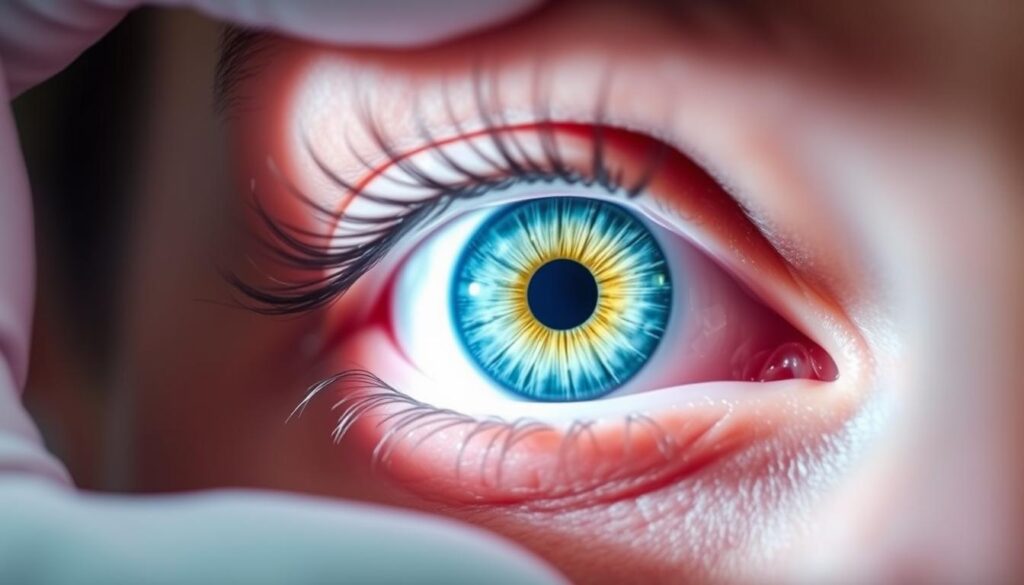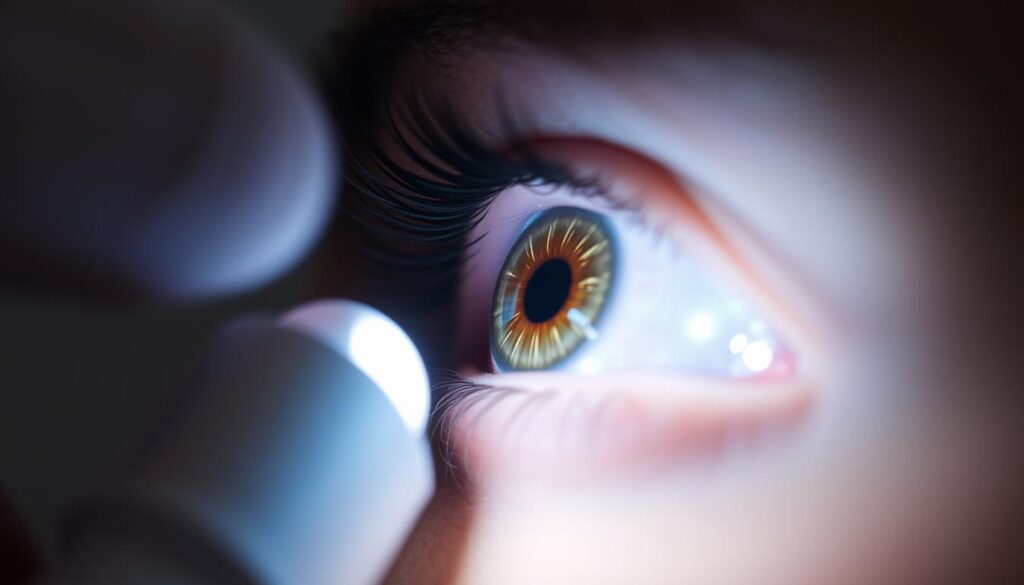Dry eye disease is a common condition that affects millions, causing discomfort and vision problems. Intense Pulsed Light (IPL) therapy has emerged as a popular treatment option for dry eye, particularly for cases caused by meibomian gland dysfunction (MGD).
As an eye care professional offering IPL therapy, it’s crucial to understand the importance of having proper insurance coverage. This not only protects your business investment in IPL technology but also ensures you can continue providing this valuable treatment to your patients.
With the growing demand for dry eye treatments, being properly insured allows you to confidently expand your service offerings. I’ll guide you through understanding IPL insurance and its role in your practice’s risk management strategy.
Key Takeaways
- Understanding the importance of IPL insurance for your eye care practice.
- How proper insurance coverage protects your business investment in IPL technology.
- The role of insurance in managing the financial risks associated with offering IPL therapy.
- The growing demand for dry eye treatments and the benefits of being properly insured.
- An overview of implementing IPL therapy successfully in your practice with proper insurance protection.
What Is IPL Therapy and Why It Matters
IPL therapy has emerged as a revolutionary treatment for dry eye syndrome, offering relief to millions of sufferers worldwide. This non-invasive procedure utilizes pulses of light to target the meibomian glands in the eyelids, helping to unclog blocked oils and improve tear quality.
The process involves the use of a handheld device that emits intense pulsed light, which penetrates the skin of the eyelid to reach the meibomian glands. The heat generated by the light helps to melt and release the blocked oils, thereby reducing evaporation and alleviating dry eye symptoms.
Understanding Intense Pulsed Light Treatment
Intense Pulsed Light (IPL) treatment is a therapeutic approach that has been adapted from dermatological applications to address dry eye conditions. By targeting the skin around the eyes, IPL therapy addresses meibomian gland dysfunction, a primary cause of evaporative dry eye.
The treatment is typically performed in-office and may be followed by an eyelid massage to further stimulate oil production and remove any remaining blockages.
The Science Behind IPL for Dry Eye Relief
The effectiveness of IPL therapy for dry eye relief lies in its ability to reduce inflammation and bacterial growth around the eyes. The light energy emitted is absorbed by blood vessels, leading to a decrease in inflammatory mediators and an improvement in tear film quality.
Studies have shown that IPL therapy can significantly alleviate dry eye symptoms, with the FDA-approved OptiLight by Lumenis being a notable example, backed by over 20 clinical studies.
| Benefits of IPL Therapy | Description |
|---|---|
| Non-Invasive | IPL therapy is a non-surgical procedure that doesn’t require incisions or injections. |
| Effective for Dry Eye | IPL therapy targets meibomian gland dysfunction, a primary cause of evaporative dry eye. |
| Reduced Inflammation | The light energy absorbed by blood vessels reduces inflammation around the eyes. |

IPL Insurance Coverage Explained

Understanding the nuances of IPL insurance coverage is crucial for both practitioners and patients. The current landscape of insurance coverage for IPL therapy is complex, influenced by the technology’s original use for dermatological conditions.
Current Insurance Landscape for IPL Treatments
Most technology-based thermal treatments for meibomian gland dysfunction, including IPL, are generally not covered by insurance. The historical use of IPL for skin conditions complicates coverage for its application in dry eye treatment. Coverage varies by provider and individual policy, often being considered an elective or cosmetic procedure.
Documentation Requirements for Coverage Claims
To secure coverage, providers must submit detailed documentation, including justifications for medical necessity. Proper coding and billing are crucial to maximize potential insurance reimbursement. Understanding the distinction between covered and non-covered treatments for dry eye conditions is essential for practice owners.
Navigating Medicare and Private Insurance for IPL
Understanding the nuances of insurance coverage for IPL therapy is crucial for both patients and healthcare providers. Navigating the complex insurance landscape requires a thorough understanding of both Medicare and private insurance policies.
Medicare Policies Regarding IPL Therapy
Medicare generally does not cover elective or cosmetic procedures, including IPL for dry eyes. However, in severe cases of dry eye disease, Medicare may provide coverage for IPL therapy if it is deemed medically necessary. As stated by a Medicare spokesperson, “While IPL therapy is typically considered cosmetic, we evaluate each case individually, and coverage may be provided under certain circumstances.”
Working with Private Insurance Providers
Private insurance plans also typically do not cover IPL for dry eyes, considering it a cosmetic procedure. However, some insurance companies may offer coverage if the treatment is deemed medically necessary. To secure coverage, it’s essential to work closely with insurance providers and effectively communicate the medical benefits of IPL therapy.

Financial Solutions for Patients Seeking IPL Treatment
Patients seeking IPL treatment for dry eyes have several financial avenues to consider beyond insurance coverage. Understanding these options can make IPL therapy more accessible.
FSA and HSA Options for IPL Therapy
Flexible Spending Accounts (FSA) and Health Savings Accounts (HSA) can be utilized to cover IPL therapy costs. These accounts allow patients to set aside pre-tax dollars for medical expenses, potentially reducing overall costs. By using FSA or HSA, patients can make IPL treatment more affordable.
Payment Plans and Financing Alternatives
Many eye care practices offer payment plans and financing options to help patients manage the costs of IPL therapy. These plans enable individuals to spread out the cost over time, making IPL treatment more manageable. Some practices also partner with third-party financing providers to offer installment payment plans.
| Financial Option | Description | Benefits |
|---|---|---|
| FSA/HSA | Use pre-tax dollars for IPL therapy | Reduces taxable income, lowers overall cost |
| Payment Plans | Spread IPL treatment cost over time | Makes IPL therapy more affordable upfront |
| Financing Alternatives | Third-party financing for IPL treatment | Offers flexible installment payment options |

Implementing IPL in Your Eye Care Practice

As an eye care professional, integrating IPL therapy into your practice can be a game-changer for both your patients and your business. IPL therapy, particularly with FDA-approved devices like OptiLight by Lumenis, offers a safe and effective treatment for dry eye syndrome.
Equipment and Training Considerations
When implementing IPL therapy, it’s crucial to consider the equipment and training requirements. OptiLight by Lumenis is a reliable choice, backed by over 20 clinical studies. Ensuring that practitioners and staff receive proper training is vital for optimal patient outcomes and the success of the treatment.
Return on Investment Analysis
Conducting a thorough return on investment analysis is essential to understand the financial viability of adding IPL therapy to your eye care practice. This involves evaluating the costs of equipment, training, and maintenance against the potential revenue generated by IPL treatments. By offering IPL therapy, you can differentiate your practice, address a common patient need, and potentially increase revenue.
Marketing Your IPL Services Effectively
To maximize the potential of IPL therapy in your practice, effective marketing strategies are crucial. By educating patients about the benefits of IPL for dry eye symptoms, you can attract new clients and differentiate your practice.
Educating Patients About IPL Benefits
Creating compelling educational materials is key to informing patients about IPL therapy. These materials should clearly explain how IPL addresses the underlying causes of dry eye symptoms, such as burning or stinging eyes, blurry vision, and excessive tearing. By highlighting the benefits of IPL, you can help patients understand the value of this treatment.
Differentiating Your Practice Through IPL Offerings
Differentiating your practice through IPL offerings requires a strategic approach. You can leverage patient testimonials and before/after experiences to demonstrate the real-world benefits of IPL therapy. Consider developing targeted marketing campaigns to reach patients most likely to benefit from IPL dry eye treatment.
| Marketing Strategy | Description | Benefits |
|---|---|---|
| Educational Materials | Brochures, videos explaining IPL benefits | Informed patients, increased trust |
| Patient Testimonials | Sharing success stories, before/after experiences | Credibility, social proof |
| Targeted Campaigns | Social media, email marketing to relevant demographics | Increased reach, better ROI |

Conclusion: Maximizing Success with IPL Therapy
As we conclude our exploration of IPL therapy, it’s clear that this treatment offers significant benefits for dry eye sufferers. While IPL therapy for dry eyes may not be covered by insurance in most cases, there are options available to make it more affordable, such as discount programs or financing alternatives.
To maximize success with IPL therapy, eye care professionals must balance business considerations with patient care. This involves understanding insurance coverage for IPL and navigating the challenges associated with it. By doing so, practices can provide valuable treatments for dry eye symptoms while protecting their business investment.
Ultimately, staying informed about future trends in insurance coverage for IPL therapy will enable practices to position themselves advantageously as the landscape evolves.
